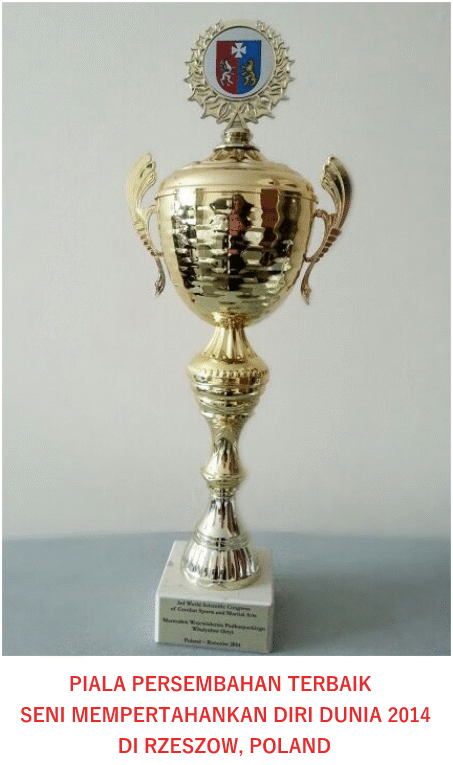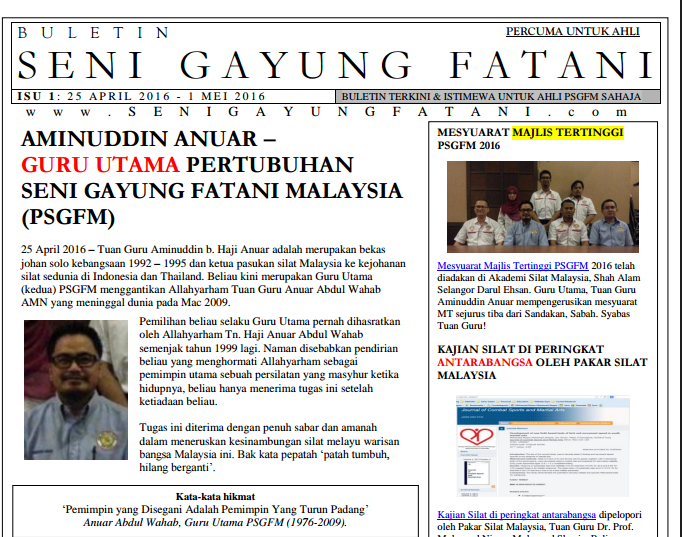Ever since Silat Malaysia has been recognized worldwide, it has been regarded as a Malaysian martial arts form. Silat is deeply entrenched in the traditions and culture of Malaysian civilization. Though, Silat has left its footprints in civilizations of many other Asian countries such as Indonesia, Singapore, Brunei and Philippines, but its association and involvement with Malaysian population and culture is remarkable and hence so highly acknowledged. In Malaysia, around 20% of the total number of schools existent offers training in Silat.
Originally, in Malaysian culture Silat was promoted more among the royal families and dynasties. Silat training was the mark of their superiority and authority over the others. People, who used to achieve great heights in learning this martial art form, were highly reputed and were also awarded merits by the King. In that era, mastering Silat was the mark of crowned heads and sovereigns. Among the weapons, which were used during Silat training in the ancient times, rattan shield or breastplates were the most common weapons to mention.
Today, Silat Malaysia is a very well known martial art form, throughout the world. The secrets of this success are based on the system that laid down in the silat syllabus. The Silat Malaysia system for silat exponent consists of seven different levels that can be identified and ranked using belt system starting from white, blue, brown, yellow, green, red and ending with black belt. Every silat topics will be majoring to 7 different topics such as:
Bunga (the pillars of silat attacking and defensive positions)Jurus (the art of attack and defense either using weapon or bare hand )Belebat (the techniques of receiving strikes and how to counter it back )Tapak (the step pattern in silat movements)Buah Pukul (the fast action of self-defense)?Tempur Seni (the art of combat)Tempur Bela Diri (the speed and power movements of self defense combat)
Every silat exponent will learn different style of attacking and defensive skill such as Elakkan (avoiding technique movements), Tangkisan (blocking techniques), Tangkapan (catching techniques), Potong (counter-strike), Amuk (rampage with due diligent) and weaponry system such as sickle, sword, cudgel, kris or a short wavy dagger, rope, walking stick made of hardwood, dagger with straight cutting edge and trisula. The practical self defense, unarmed self defense?and self defense knife system also will be given in each silat level.
This will make every silat exponent ready to receive any strike either one on one or in group strikes as every level of the syllabus will explain how to handle every fighting situation just like in the war. As the silat curriculum is based from the art of war of Malay civilization from thousands of years ago, it is important to know that Silat Malaysia teach their students that prevention is better than cure. It is better to avoid a fight rather get involved in it. It is prohibited to harm or kill others except in desperate situation where there is no other choice to defend yourself. Fighting is the last choice when there is no other solution to defend them from being killed.




Leave a Reply
You must be logged in to post a comment.